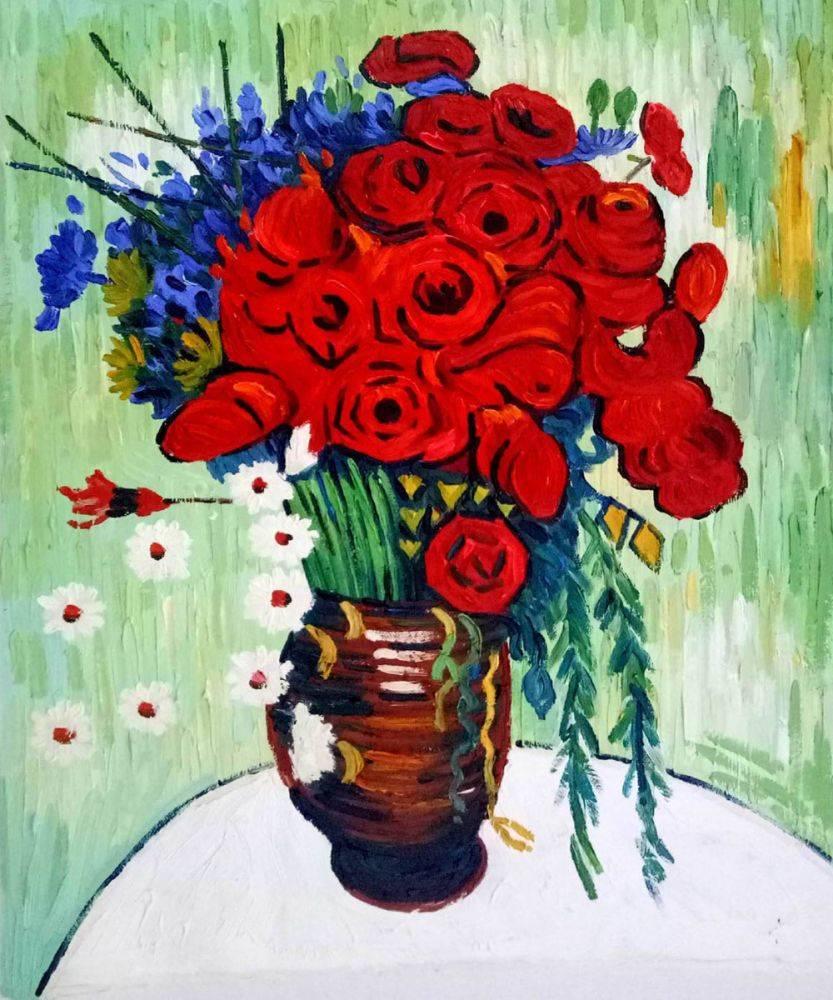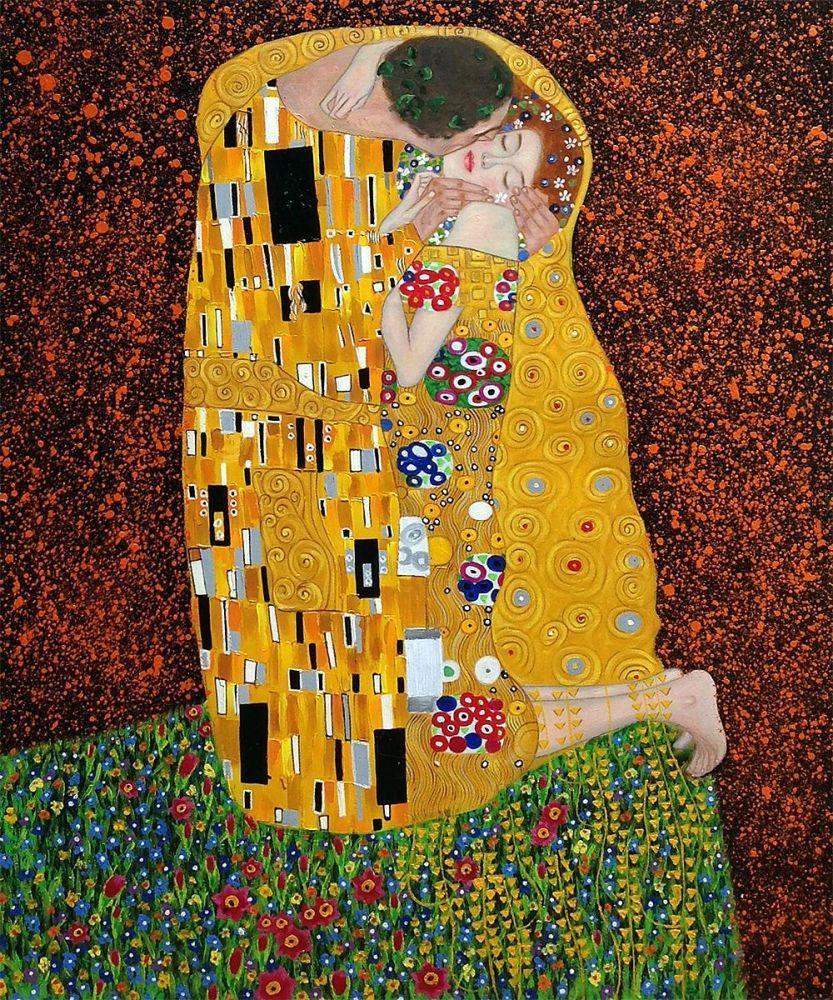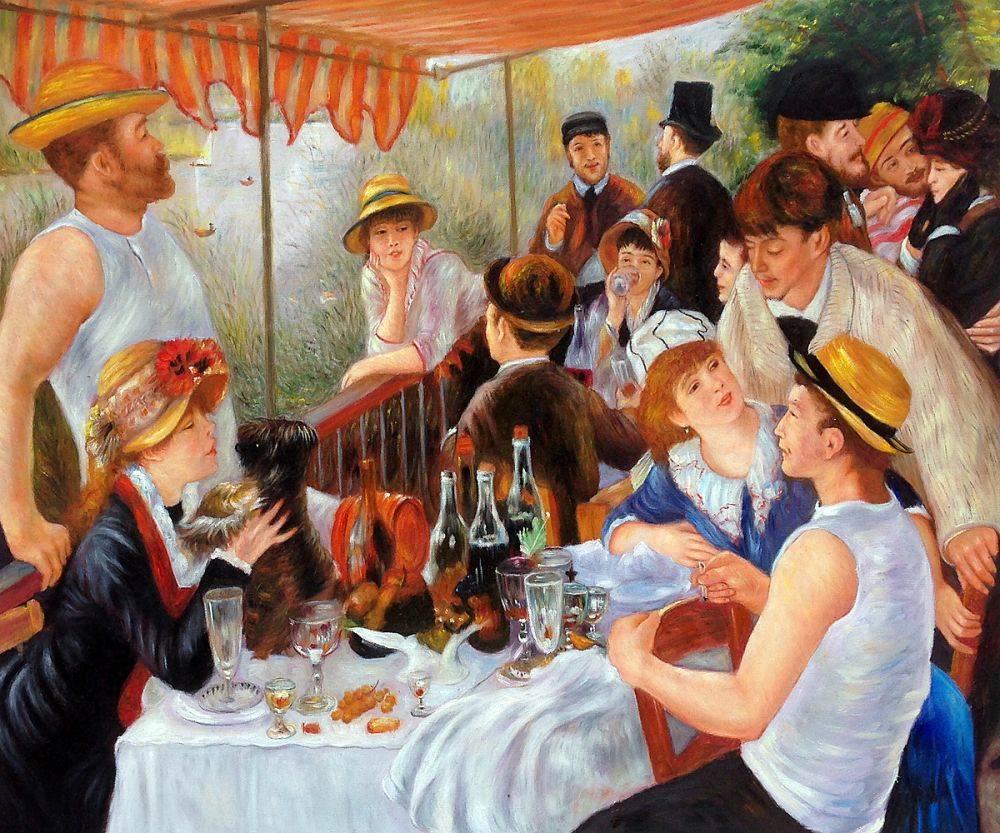Art & Decor Trends
Restoring Oil Paintings
Any guidance about cleaning an oil painting that is covered in filth or grime must come with a major red glaring warning sign. Unlike other sort of DIY projects, cleaning oil paintings should be performed by professional conservators. However, if your painting is not terribly valuable to you (monetary wise or sentimental value…), there are some tips to make it look cleaner and brighter.
Up until the Forty’s of the last century, paintings of oil on canvas were often covered with a layer of varnish to add gloss and protect the thick layer of paint, called the impasto. Yet varnish tends to crack and yellows up over time. It can make the oil painting seem dull and discolored.
The good news is that underneath the varnish the thick layer of paint might still be in good shape. Try applying a mild solvent called conservation liquid. Art supply stores might sell a “mix” designed to clean and remove varnish. Be prepared that the solvent might damage the oil paint underneath. If you are willing to take that chance, smear the emulsion with a cotton ball very delicately. Try testing the reaction of the solvent on one corner before moving on to the entire canvas.
For more recent paintings, the build up of dirt and other particles on your masterpiece is more likely to be the issue. In this case, check if the paint has any cracks, this will indicate if the paint is glued well to the canvas. Then you can carefully dust the surface with a very soft brush, such as a shaving cream brush.
For those of you who are not afraid to experiment, there are some unorthodox ways to restore oil paintings. One method that has been explored is by means of white French bread. Ball up a piece of French bread and gently stroke it against the canvas. You’ll see it darken like an eraser. For pet hair on thick textured paintings, I found that a low suction vacuum with a brush nozzle does the trick.
Restoring oil paintings is an art form all on its own. It is an enduring task that should be left to the hands of skilled professionals. The great conservators have methods that are secretly passed down generations. However, Most of us don’t have thousands of dollars to get a professional restoration job done on our family portrait. If you decide to do-it-yourself keep in mind, that altering true valuables always decreases their value, whether or not the end result is satisfying.



